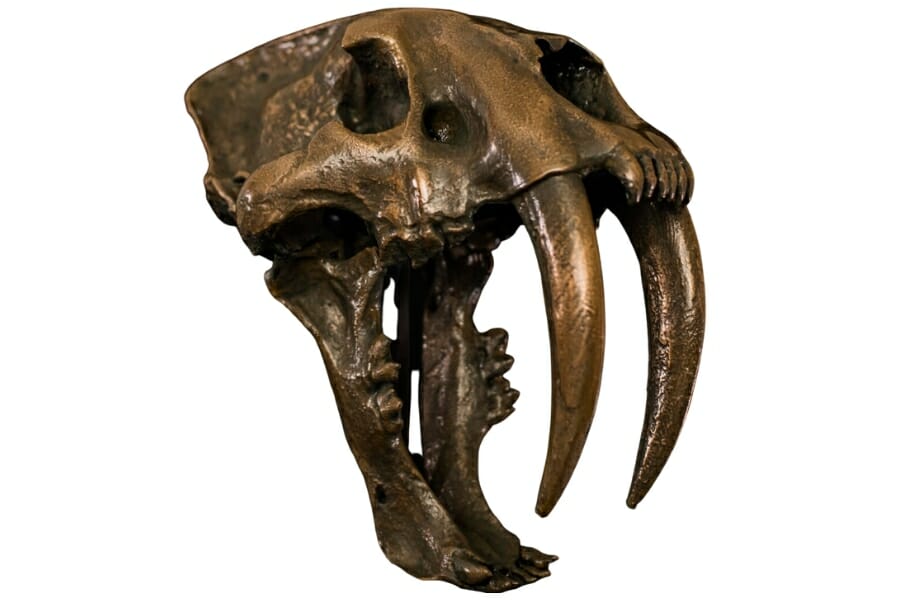In California, you can find a vast range of fossils that tell us about the past of the Earth. There’s something for everyone, from ammonites and shark teeth on the coast to giant, solid mammoths and saber-toothed cats from the Ice Age. Going to the desert, you might find leaf imprints or petrified wood millions of years old.
The key is to know where to look and what you’re looking for. It isn’t always easy but we’ll show you some of the best places to find California fossils.
Each fossil is like a time capsule, giving us a peek into a world that existed long before humans.
Imagine holding a fossilized shark tooth, thinking about the huge creature that once ruled the seas, or finding a mammoth bone and wondering how it got around California thousands of years ago.
It’s not just about the excitement of finding something new; it’s also about extraordinarily connecting with Earth’s past. There’s no telling what you might find!
The Fossils Of California You Can Find
In California, the range of fossils is a journey through Earth’s history book. Its diverse geography and rich geological history make it a fossil hunter’s paradise.
We’ve made a comprehensive guide to rockhounding in California so you can learn more about the interesting rocks and minerals here.
- The extensive local experience and understanding of our team
- Input from multiple local fossil hunters and fossil groups
- The accessibility of the various locations
- Safety and potential hazards when collecting
- Private and public locations
- A desire to include locations for both experienced fossil lovers and those who are just starting out
Using these weights we think we’ve put together the best list out there for those who love finding great new fossils for our collections!
Common California Fossils
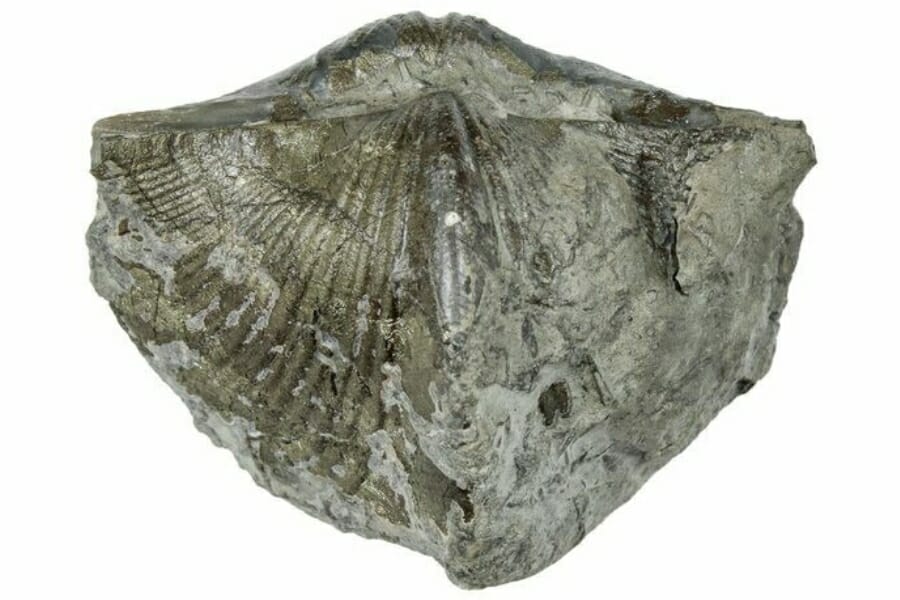
In California, there are many different kinds of fossils. Some of the most common fossils in the state are listed below:
- Ammonites
- Bird Fossils
- Brachiopods
- Foraminifera
- Leaf Imprints
- Petrified Wood
- Shark Teeth
California State Fossil – Saber-toothed Cat
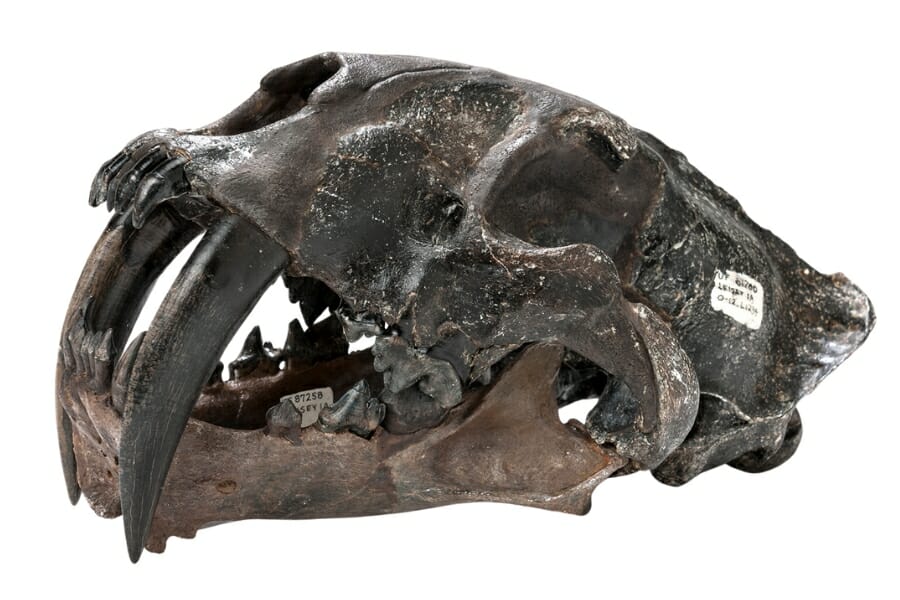
Saber-toothed cat fossils are one of California’s most iconic ancient treasures, prominently in the Los Angeles La Brea Tar Pits. These well-preserved remains offer a glimpse into the Ice Age, showcasing the saber-toothed cat’s fearsome fangs and robust build.
Scientists study these fossils to understand better the creature’s behavior, diet, and role in its prehistoric ecosystem. The abundance and quality of these fossils make California a hotspot for learning about this fascinating extinct predator.
Rare State Fossils
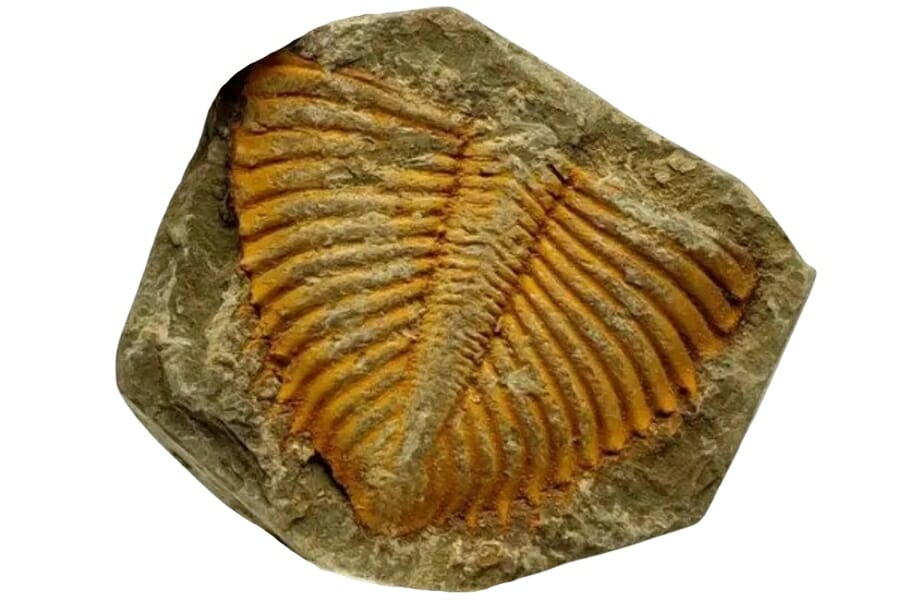
Here are some of California’s rare and valuable fossils. Keep an eye out for the following fossils as you look around:
- Dinosaur remains
- Giant ground sloths
- Marine reptiles
- Mastodons
- Microfossils
- Saber-toothed salmon
- Whale ancestors
The Best Places To Find Fossils In California
We’ll discuss the excellent place in California to look for fossils. Even though there are many choices, we’ll focus on what we think are the best ones. When you go to these places, you’ll have a great time and find some amazing rocks and minerals.
Always Confirm Access and Collection Rules!
Before heading out to any of the locations on our list you need to confirm access requirements and collection rules for both public and private locations directly with the location. We haven’t personally verified every location and the access requirements and collection rules often change without notice.
Many of the locations we mention will not allow collecting but are still great places for those who love to find beautiful rocks and minerals in the wild without keeping them. We also can’t guarantee you will find anything in these locations since they are constantly changing.
Always get updated information directly from the source ahead of time to ensure responsible rockhounding. If you want even more current options it’s always a good idea to contact local rock and mineral clubs and groups
Anza-Borrego Desert State Park
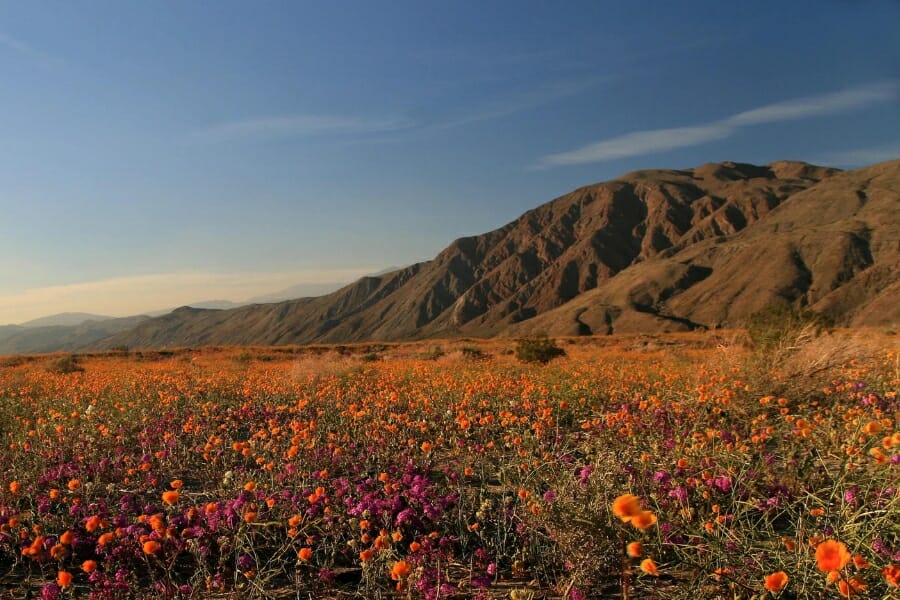
The beautiful Anza-Borrego Desert State Park is in the southeast corner of California. It’s the largest state park in California, covering over 600,000 acres, and one of the best places in the U.S. to find a wide range of fossils.
The park’s unique geology shows a rich tapestry of Earth’s history, from ancient sea life to extinct land mammals. The rocks here are from the Miocene Epoch to the Pleistocene Epoch. This spans millions of years of changes in geology and life.
In addition to fossils, Anza-Borrego has beautiful badlands, palm oases, and vast desert views, making it a trip back in time and a feast for the eyes.
Where and what to find fossils at the Anza-Borrego Desert State Park
Anza-Borrego is a haven for fossil enthusiasts because of its well-exposed sedimentary formations. These rock layers are like pages in a history book, containing fossils of creatures like camels, mastodons, and even large marine mammals from when the area was submerged under the sea.
The park is primarily known for its mammoth and mastodon fossils and the remains of prehistoric horses and giant ground sloths.
DON'T MISS OUT ON ANY GREAT FINDS!
While you're out searching for Fossils you're going to find A LOT of other interesting rocks and minerals along the way. The last thing you want to do is toss out something really interesting or valuable. It can be easy to misidentify things without a little guidance.
We've put together a fantastic field guide that makes identifying 140 of the most interesting and valuable rocks and minerals you will find REALLY EASY. It's simple to use, really durable, and will allow you to identify just about any rock and mineral you come across. Make sure you bring it along on your hunt!
La Brea Tar Pits
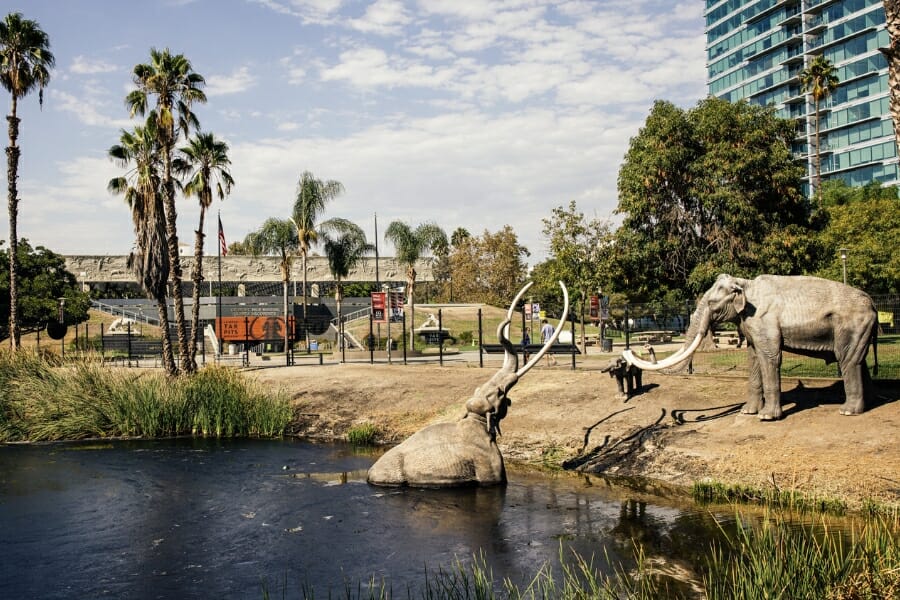
The La Brea Tar Pits are the most famous places to find fossils worldwide. These natural asphalt pits have been like flypaper for thousands of years, trapping and preserving many organisms from the Pleistocene Epoch. This makes the site a great place to learn about the animals that lived during the Ice Age.
Bones, teeth, and other parts of plants and animals found in the tar have helped scientists figure out more than 600 different species. Researchers can put together a very detailed picture of what life was like in prehistoric Los Angeles by putting together information about the plants and animals that grew there.
Where and what to find fossils at the La Brea Tar Pits
Animals as small as insects and as big as mammoths, mastodons, and saber-toothed cats would get stuck in the sticky tar, which preserved their bones very well.
Santa Monica Mountains
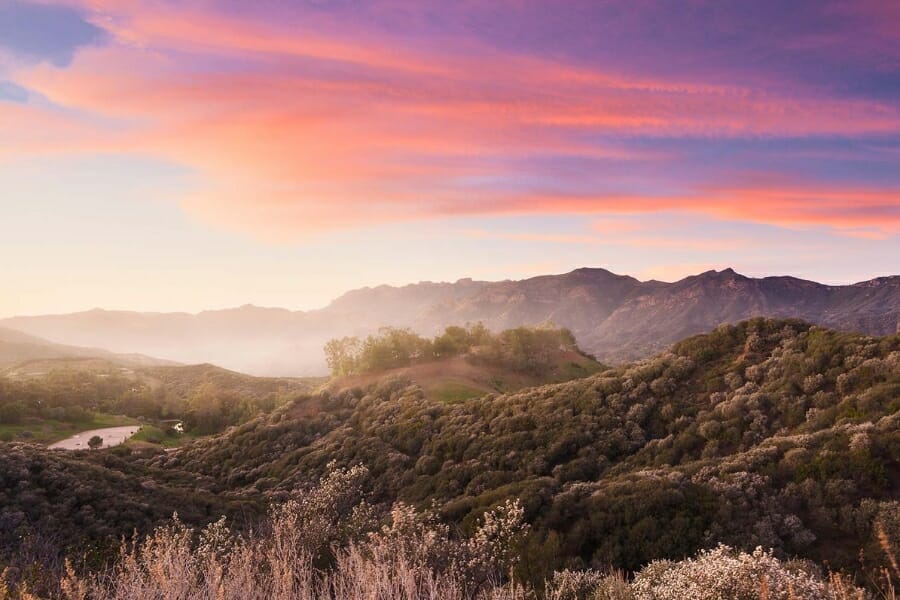
The Santa Monica Mountains have a lot to offer in terms of both natural beauty and scientific interest. These mountains are a great place to hike, watch birds, and enjoy the outdoors. They are also a great place to look for fossils.
The area is known for its sedimentary rock formations, which date from the Miocene Epoch to more recent times and show the area’s geological and biological history.
Beyond their fossil wealth, the Santa Monica Mountains offer dramatic landscapes, from craggy peaks to sweeping ocean views. These mountains provide a multi-faceted experience that marries the past with the present in the most scenic way.
Where and what to find fossils at Santa Monica Mountains
Santa Monica Mountains is a great site for fossil enthusiasts because of the range of fossils you can find. These include marine fossils like bivalves, gastropods, and even ancient shark teeth, reflecting the area’s past as an ocean floor.
Terrestrial fossils, such as leaf imprints and small mammal bones, can also be found, adding another layer of biological richness to the region.
Some areas of the mountains have even yielded the remains of larger mammals like whales, revealing the area’s fascinating transition from marine to terrestrial environments over millions of years.
Sea Cliff
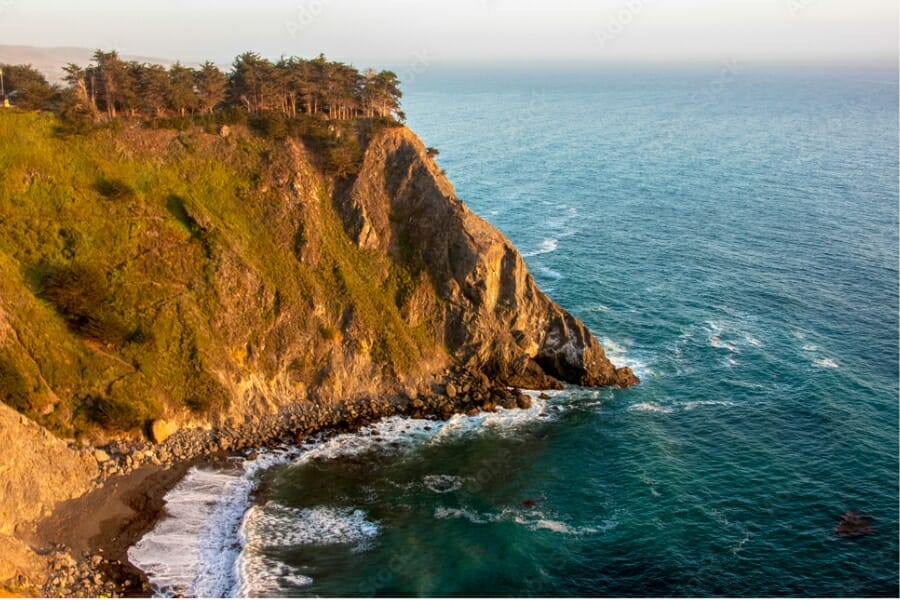
The sea cliffs of California have more to offer than just stunning views and beautiful sunsets. They are also a fossil collector’s dream. These tall formations run along the coast and are mostly made of sedimentary rocks, which often have fossils from different times in Earth’s history.
The cliffs are like layered cakes of Earth’s history, with each layer showing a different part of life on Earth millions of years ago. Even though you may have to walk a bit or be careful to get to some fossil-rich areas, many are easy.
It’s important to be careful when exploring because cliff edges can be dangerous, and tides can change quickly. Whether you’re an experienced fossil hunter or a casual nature lover, the sea cliffs of California are a great place to enjoy both the beauty of nature and the scientific discoveries you can make there.
Where and what to find fossils at the Sea Cliff
From mollusks like ammonites and bivalves to the teeth of ancient sharks, these cliffs provide a fascinating window into prehistoric ocean life. The ocean’s constant erosion naturally exposes new material, making each visit a potential discovery.
Sharktooth Hill
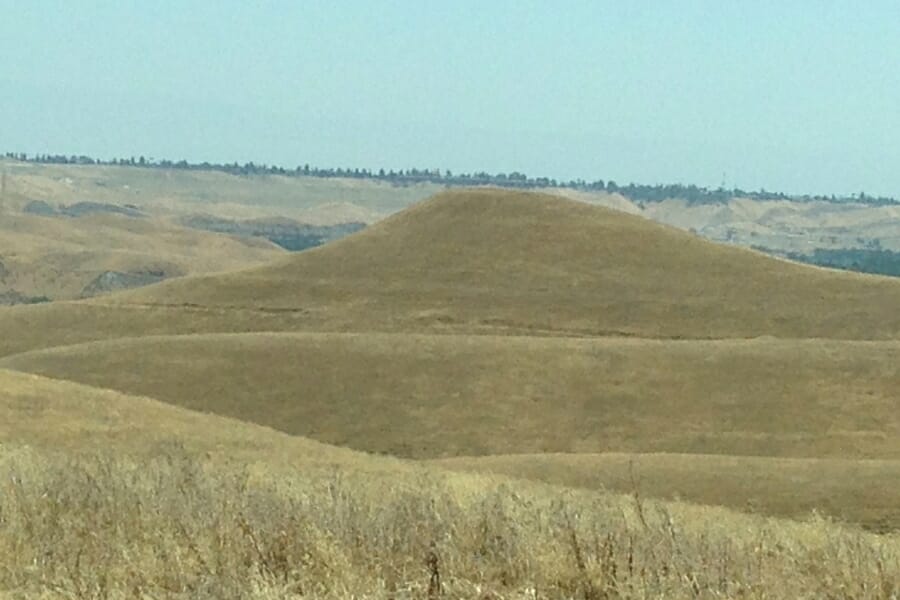
Sharktooth Hill is one of the most well-known places in the world to find marine fossils. It is near Bakersfield, California. This area dates back to the Miocene Epoch about 15 million years ago. It gives us a fantastic look at marine life from that time.
Sharktooth Hill has a lot of well-preserved fossils, which is different from other places where fossils may be broken or hard to find. This is because sedimentary rock and silt encased and kept the bones of these ancient animals in good shape. It was named a National Natural Landmark in 1976.
Where and what to find fossils at Sharktooth Hill
The site is famous for its well-preserved shark teeth, such as those from the prehistoric megalodon, a shark that was much bigger than the great white. You can also find the teeth and bones of whales, seals, and rays. This is an excellent place for anyone interested in ancient ocean life.
Other Top Places To Find California Fossils By Region
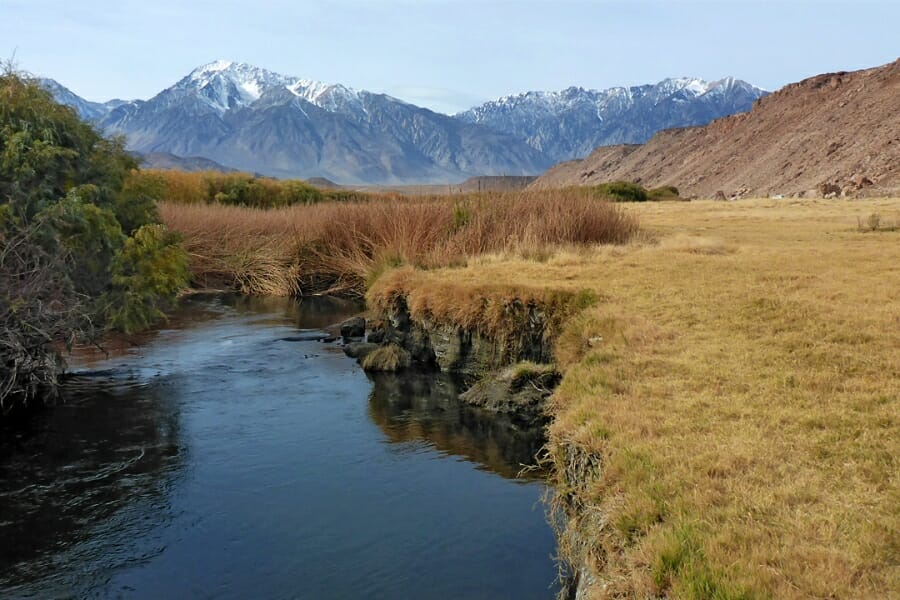
After telling you where to find the best fossils in California, we’ll talk about other great places to look for fossils. To help you, we’ve made a list of these places.
| Location | Fossils |
| Along creek bed in Bell Quarry, Alameda County | Plants, Fresh water invertebrates, Vertebrates |
| Livermore area, near Altamont Pass, Alameda County | Fossil plants |
| Pleasanton area, in railroad cut on Pleasanton-Sunol road, Alameda County | Broad marine fauna |
| Kirkwood area, Carson Pass Fauna, Alpine County | Plant fossils |
| Markleeville area, Ebetts Pass Fauna, Alpine County | Plant fossils |
| Feather River area, old Banner Mine on River Bank, Butte County | Abundant fossil plants |
| Reynolds Ferry area, Stanislaus River, Butte County | Oecotraustes, Perisphinctes |
| Blacksburg area, Thomas Farm, Roanoke County | Arthrorhachis, Eoharpes, Ampyx, Nileus, Bronteopsis, Homotelus |
| Mokelumne area, Valley Spring fauna, Calaveras County | Plant species |
| Berkeley area, at mouth of Strawberry Canyon, Contra Costa County | Pecten |
| Clayton area, Mt Diablo, Contra Costa County | Fossil plants |
| Hercules area, at Pecten Pit in San Pablo Bay, Contra Costa County | Large number of Pecten fossils |
| Mount Diablo area, Black Hawk Quarry, Contra Costa County | A wide variety of Pliocene mammals |
| Pittsburg area, Kirker Creek, Contra Costa County | Actaeon, Clavella, Modiolus |
| Sobrante Ridge area, in valley on west of Bear Creek, Contra Costa County | Odontapsis, Otodus, Myliobatis, Crocodile teeth, Turritella mortoni |
| Auburn area, east of Hawver Cave, El Dorado County | Nototherium, Felis(Cougar) |
| Coalinga area, Salt Creek, Fresno County | Turbinolia, Trochocyathus, Flabellum |
| Coalinga area, Anticline Ridge, Fresno County | Pelecypods, Gastropods |
| In sand and mud around the shores of the Salton Sea, Imperiial County | Molllusk shells |
| South of Badger Flat, Inyo County | Brachiopods, Receptaculites, Pelmatazoa, Trilobites, Gastropods |
| Independence area, head of Mazourka Canyon of Inyo Mountains, mouth of Indian Field Creek, Inyo County | Trematobolus |
| Resting Springs, Armagosa River, Inyo County | Mollusks |
| Bakersfield area, Kern River Canyon, Kern County | Vertebrate teeth, mollusks |
| Fort Tejon, Alizos Creek, Kern County | Septifer, Conus, Meretrix, Architectonica |
| Tejon Hills, Comanche Creek, Kern County | Pecten |
| Avenal area, Big Tar Canyon, Kings County | Abundant sand dollars, Bryozoa, Balanus (barnacle) |
| Grizzly Canyon Road, between Burns Valley and Cache Creek, Lake County | Anodonta, Valvata |
| Along trail west of Tapia Park, Los Angeles County | Mollusk molds and fossils |
| Sepulveda Canyon, Los Angeles County | Fish-Lampanyctus |
| Old Topanga Canyon , Los Angeles County | Gastropods and Pelecypods |
| San Jose Hills, Los Angeles County | Fish-Bathylagus, Ganolytes, Lampanyctus, Plectrites |
| Marin Highlands, Near Golden Gate Bridge, Marin County | Ammonites |
| Merced River, below Old Benton Mill Site, Mariposa County | Aucella, Pholadomya, Belemnites, Amusium |
| Vaqueros Canyon, Monterey County | Solenosteira, Mytilus |
| Colfax area in Chalk Bluffs, Placer County | Plant fossils |
| Taylorsville area in Montgomery Creek, Plumas County | Stromatopora, Zaphrentis, Heliotis, Syringopora, Halysites, Orthis, Ormoceras |
| Jacinto Mountains, Riverside County | Plant fossils |
| San Gorgonio Pass, Thousand Palms Canyon, Riverside County | Fossils |
| Barstow area in Black Mountain, San Bernardino County | Fossils |
Common Questions About Fossil Hunting In California
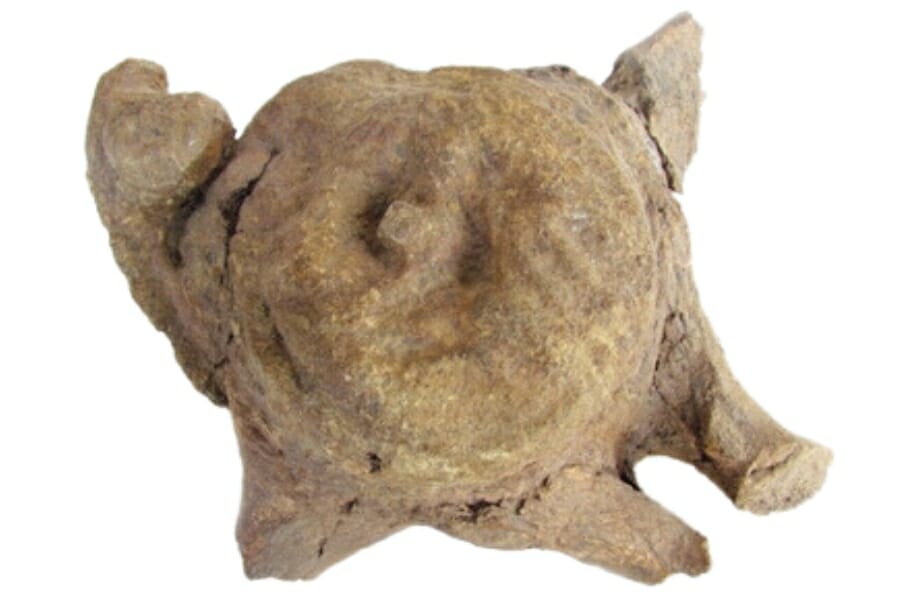
People who go to California to find fossils often ask these questions. The answers are important to know.
Can you find megalodon teeth or shark teeth in California?
Shark teeth, including those of the ancient megalodon, can be found in various parts of California. Sharktooth Hill near Bakersfield is one of the most famous sites for finding marine fossils, including shark teeth.
While megalodon teeth are rarer than other types, they have been found in the state. These fossilized teeth give valuable insight into these massive prehistoric predators that roamed the seas millions of years ago.
Is it illegal to collect fossils in California?
The legality of fossil collecting in California varies depending on the location and type of land where you wish to collect.
Collecting vertebrate fossils on federal land is generally illegal without a scientific research permit. Some federal lands may allow casual collection of common invertebrate and plant fossils for personal use, but you should check the specific regulations for the land in question.
Regulations can vary, but collecting fossils from state parks is generally prohibited without a permit. You can collect fossils on private property if you have explicit permission from the landowner.
Check out the updated rules for collecting in the state of California if you want to know more about it.
Can you find dinosaur bones in California?
While California is rich in fossils, it’s not a hotspot for dinosaur bones. Most of the rock layers exposed at the surface in California are either too old or too young to contain dinosaur fossils.
Dinosaurs lived from about 252 to 66 million years ago during the Mesozoic Era. Much of California’s exposed geology is from the Cenozoic Era, which began 66 million years ago, after the time of the dinosaurs.
Our Favorite Places To Buy Fossils In California
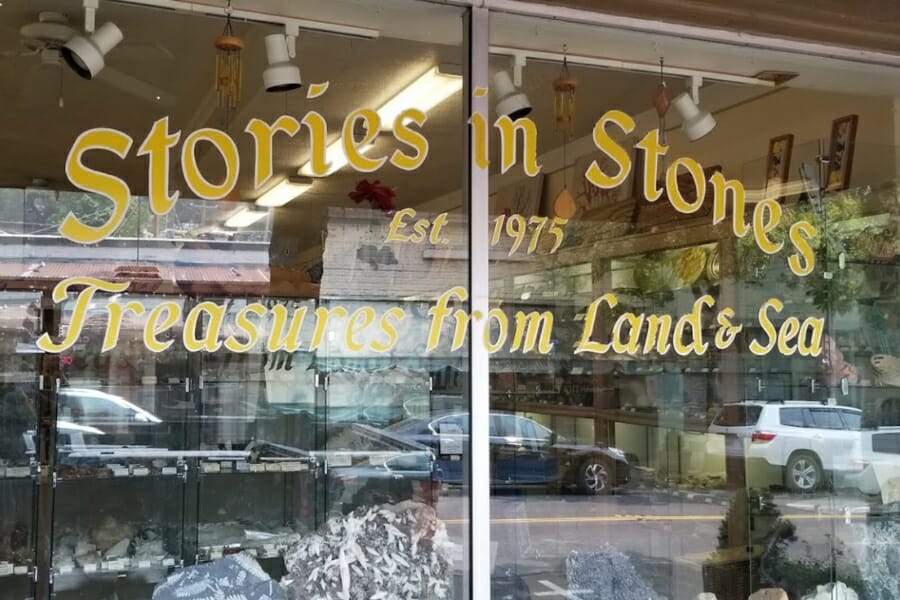
If you don’t want to do the dirty work and spend hours looking for these old treasures, you can go to one of our rock shops in the state. Here are some places you can buy rocks:
- Chapman’s Gem & Mineral Shop – 66 Metropolitan Rd, Fortuna, CA 95540, United States
- Gems of the West – 41223B Big Bear Blvd, Big Bear Lake, CA 92315, United States
- Joshua Tree Rock Shop – 61595 29 Palms Hwy, Joshua Tree, CA 92252, United States
- Minerals Unlimited – 127 N Downs St, Ridgecrest, CA 93555, United States
- The Rock Shop – 5115 Quinn Rd, Vacaville, CA 95688, United States
- Stories in Stones – 1249 S Main St, Angels Camp, CA 95222, United States
- Topanga Rocks – 525 S Topanga Canyon Blvd, Topanga, CA 90290, United States

